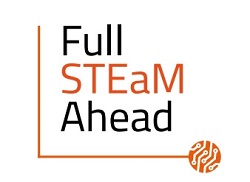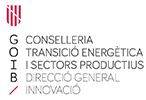Gender aspects play an important role in science education, conditioning choices, and beliefs as grounded on self-estimation of one’s own capacities. Research has shown that women remain still underrepresented in STEM (Science, Technology, Engineering, Mathematics), while this underrepresentation is evident beyond students across education levels, within the fields of teachers, researchers, academicians, the labour market. The STEM gender-gap is reflected in ICT-related studies and careers (57% of tertiary graduates in the EU are women, only 24.9% of them graduate in ICT related fields / women make up 13% of the graduates in ICT-related fields working in digital jobs compared to 15% in 2011). Figures indicate that women’s participation in the ICT and digital sector are not improving significantly, or even worsening (Women in the Digital Age, EC, 2018).
In trying to trace the factors, sources, and determinants of girls’(and boys’) relationship with STEM, it seems that students’ achievement in STEM up to and during secondary education level don’t imply significant, gender-based differentiations in science performance (OECD 2018 and PISA 2015). However, it is during lower and upper secondary level when substantial gender disparities kick-in regarding interest towards STEM, demonstrating that girls gradually start losing interest in STEM at the age of 12-15 and beyond. Eventually, this gendered pattern extends into tertiary education and career choices (TIMSS 2015; TIMSS Advanced 2015; UNESCO, 2017). According to related studies and research (e.g., Reinking, A., & Martin, B. (2018). The Gender Gap in STEM) there seem to be diverse factors that determine not only participation but also progression of girls in STEM studies, including societal and family factors, cultural norms and most importantly school and peer factors at lower and upper secondary level, each of them influencing and reinforcing each other. STEM educational material and in-class approaches, teachers’ attitudes and expectations of boys and girls, stereotypical role models and depictions of men and women in STEM, as coupled with the influence of peer groups and family during adolescent years, seem to heavily influence, if not even determine, girls’ and boys’ engagement and disengagement, as well as persistence in STEM studies.
It is at the intersection of these factors where the proposed project is intervening, proposing:
- 1. a de-gendered approach of STEM as a teaching subject,
- 2. a de-gendered approach of STEM as a career option during the formatting years of secondary school
The project RESULTS will be:
- • Methodological framework for the development of teaching materials
- • Teachers’ handbook for the realisation of the de-gendered STEM approach
- • Free, online available materials for teachers (online platform)




